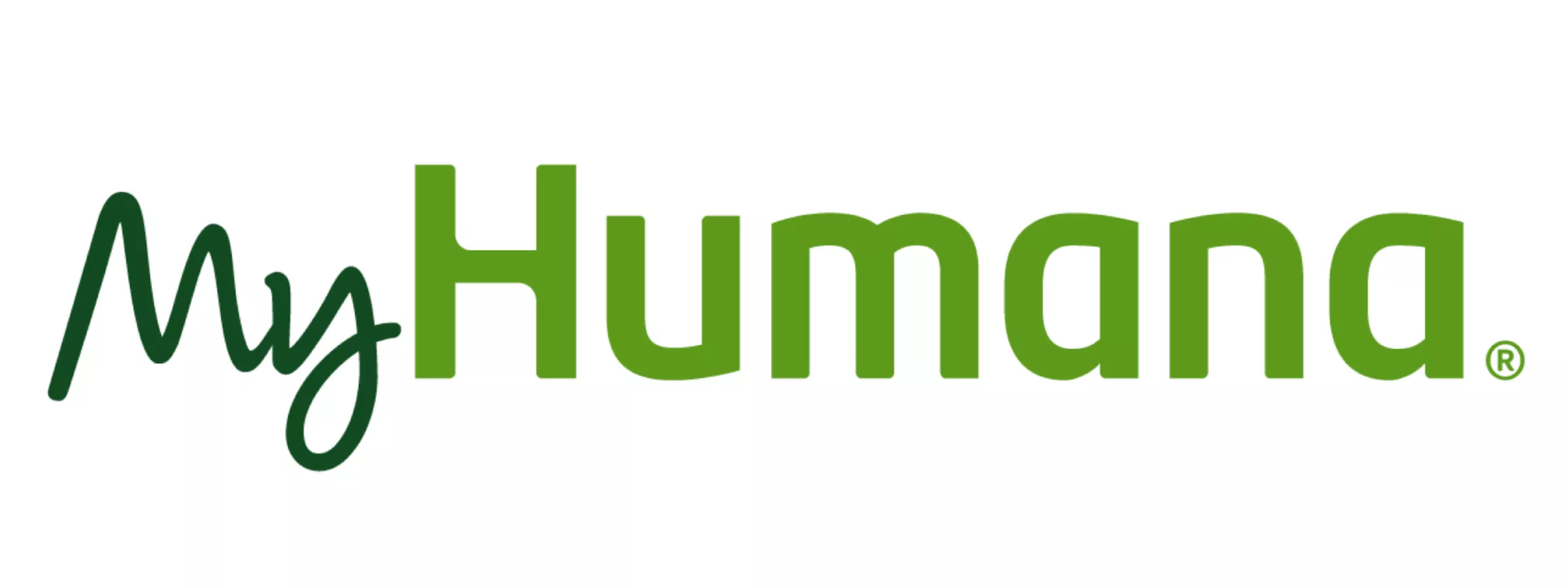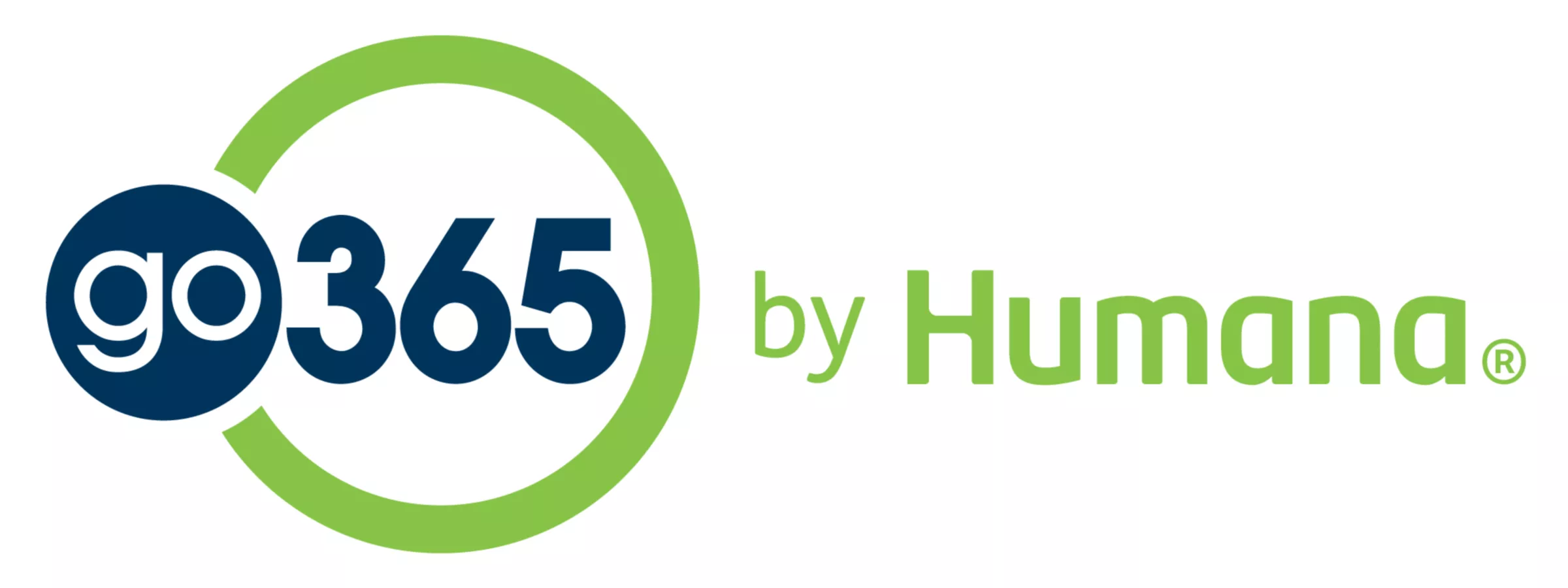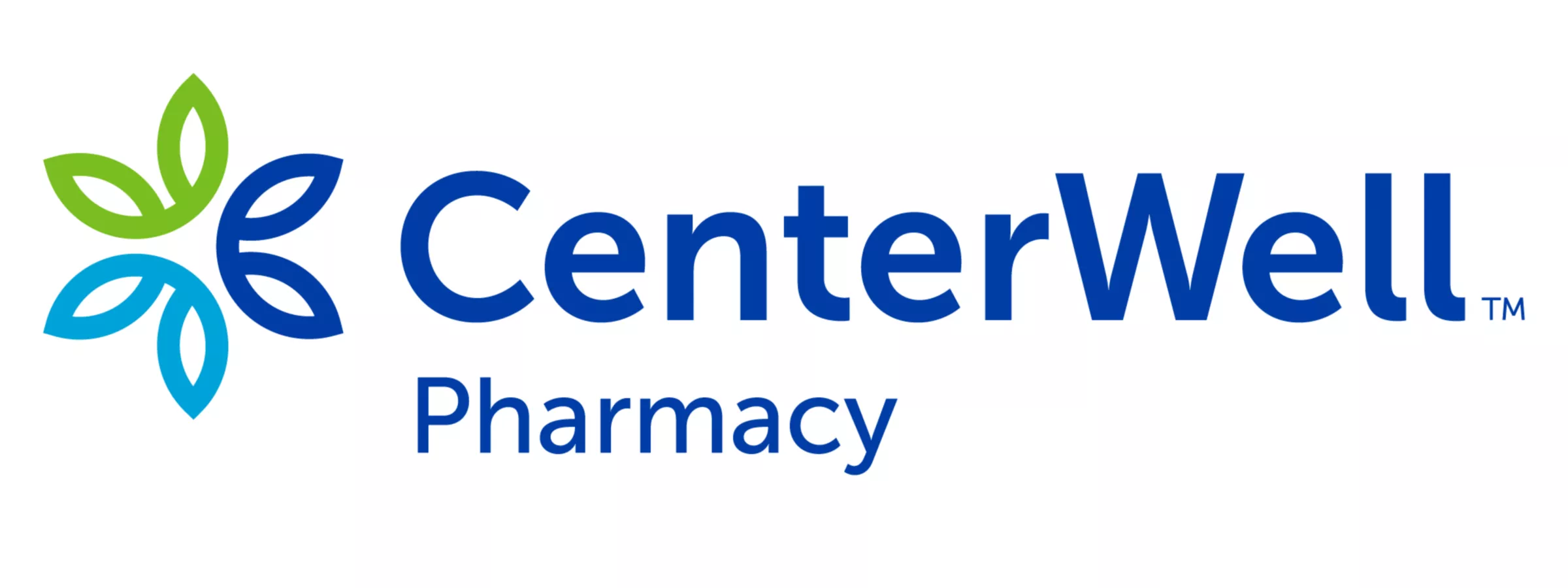Today’s human resources teams are overworked, resource-strapped, and running on empty. The good news? When it comes to managing healthcare benefits, plan sponsors can lend a helping hand.
Today’s human resources teams are under unprecedented pressure. In fact, an HR Executive survey reveals that 76% of more than 350 human resources (HR) leaders say their stress increased in 2023, including a quarter who said the increase was dramatic.1
The survey points to staffing shortages, a tight labor market, and economic uncertainty as key contributors to burnout. Yet there’s another culprit keeping HR teams up at night: healthcare benefits.
“Managing healthcare benefits is not easy, and it has not gotten any easier over the decades,” says Kim Buckey, a retired key advisor and senior subject-matter expert with more than 30 years’ experience covering HR issues, including healthcare benefits plans and compliance.
The result is increasing pressure on HR teams to provide employees with timely and accurate healthcare benefit information while managing a burgeoning workload.
Fortunately, plan sponsors can play a key role in minimizing stress among HR teams while, at the same time, ensuring a workforce receives the detailed information it requires to make educated and informed healthcare benefit decisions. Here’s how.

Create a common language

It’s not uncommon for plan sponsors, employers, and employees to use different terminology when discussing the components of a Medicare Advantage plan—slight variations in nomenclature that, according to John Lowell, a partner with October Three Consulting, a retirement benefits consulting firm, could lead to unnecessary frustration and misunderstandings.
“The fact that employees and employers speak a different language is another stress element,” he says. “Employees tend to speak their own language. HR now needs to take that, and regardless of the benefit program, translate it back to the participant, hoping they get it right.”
By creating a common language around benefit plans through shared materials and consistent educational efforts, organizations can ensure all parties—plan sponsors, HR teams, and employees—have the same understanding of a plan’s particulars.

Provide platforms for personalized communication
HR teams are currently managing healthcare benefits for a workforce that spans five generations: traditionalists, baby boomers, Generation X, millennials, and Generation Z.2 Plan sponsors that empower HR teams to cater to employees across these generational boundaries can significantly reduce the risk of misunderstandings and other key contributors to HR stress. “The younger generations want [communication around healthcare benefit plans] to be electronic, mobile, and personalized whereas the older generations want something simple and in writing,” says Lowell.
One solution is to personalize communications. For example, HR teams might provide senior workers with paper-based brochures that outline retiree coverage while granting new recruits access to an online portal to gather information about a plan’s additional lifestyle and transportation benefits. The result is a variety of platforms that allow HR to customize the delivery of personalized and relevant healthcare benefit plan information.

Take a proactive approach to preparing retirees
Fifty-two percent of large employers offering retiree health benefits to Medicare-age retirees offer coverage to at least some of those retirees through a Medicare Advantage plan. That’s double the share in 2017 (26%), according to KFF, a U.S. health policy organization.3 That’s all the more reason, says Buckey, for plan sponsors to take a proactive approach to managing retirees’ needs.
“One thing plan sponsors can do is communicate pre-emptively to workers ages 60-and-up by saying, ‘You’re approaching retirement; if you’re not already comfortable navigating your benefit plan, it’s time to get more familiar with the terminology and concepts, and start investigating your options as Medicare plans may operate similarly, or quite differently, from employer-sponsored coverage,’” says Buckey. This, in turn, can alleviate the burden on HR leaders, many of whom are already contending with issues around an aging workforce.

Invest in the necessary technology tools
These days, there’s no shortage of tools available to support HR teams in their efforts to educate employees on their healthcare plans. For example, Buckey points to “virtual benefits fairs” as an interactive and easy-to-use solution for digitally engaging employees in their benefits. “Through a website, employees can explore each of the benefit offerings,” she says. “Everything is in one place, and employees and, often, their family members, can explore at their own pace.”
In addition to serving as a centralized source of information, a virtual benefits fair can provide plan sponsors and HR with data-driven insights into points of interest or concern for employees. In response, HR teams can allocate greater resources to educating employees on a particular topic or aspect of a plan.
Chatbots can also serve as a powerful tool for both educating employees and minimizing HR stress. For instance, Buckey says, “If an employee, during open enrollment, is trying to figure out what plan might be best for them, a chatbot can make a recommendation based on employee-entered data points, which can take a lot of the pressure off of HR teams to answer those questions.”

Tap into third-party expertise
Innovative technologies (at least for the time being) can’t replace the experience and expertise of a human being. “No matter how robust a technology tool is, it can’t possibly understand every individual situation,” says Buckey. “That’s why it’s so important for employees to be able to talk to someone about their specific situation.”
Yet HR leaders aren’t the only ones qualified to break down everything from a plan’s deductibles to co-pays. In fact, Buckey says, “many employers are partnering with organizations like outside consulting firms, brokers, insurance carriers and/or benefits enrollment specialists.” These external entities can work with plan sponsors and HR teams collectively to determine a workforce’s unique needs and establish a framework for disseminating critical plan information.
In the case of today’s time-strapped, overworked HR professionals, plan sponsors can play a pivotal role in supporting HR teams in managing healthcare benefits in a stress-free environment. It’s about more than simply ensuring the health and happiness of those who are responsible for an organization’s workforce. Providing HR with the support, technology tools, and partnerships needed to fulfill their duties is simply smart business.
“The plan sponsor may be designing the benefits program and administering it, but HR people are actually dealing with real people with real concerns,” says Lowell.
- “HR leaders are burnt out. What now?,” Human Resource Executive, last accessed Aug. 25, 2024, https://hrexecutive.com/hr-leaders-are-burnt-out-what-now/
- “5 Generations in the Workplace: How to Manage Them All,” BetterUp, last accessed Aug. 25, 2024, https://www.betterup.com/blog/generations-in-the-workplace
- “Medicare Advantage Has Become More Popular Among the Shrinking Share of Employers That Offer Retiree Health Benefits, KFF, last accessed Aug. 25, 2024, https://www.kff.org/medicare/issue-brief/medicare-advantage-has-become-more-popular-among-the-shrinking-share-of-employers-that-offer-retiree-health-benefits/


